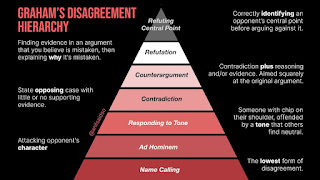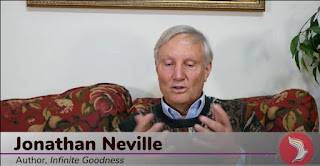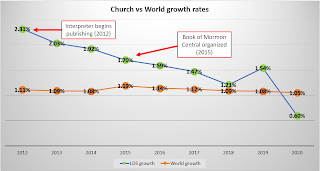BYU Studies, good and bad
I really like the new direction BYU Studies is taking. They offer some wonderful resources, such as these:
They have some materials on the New Testament that are awesome.
https://byustudies.byu.edu/byu-new-testament-commentary/
The current issue introduces the Oracles of God collection from BYUI, which includes official declarations, proclamations, statements, etc. from the First Presidency and Quorum of the Twelve.
https://byustudies.byu.edu/article/oracles-of-god/
https://archives.byui.edu/s/public/page/oracles-of-god
_____
On the other hand, they have some legacy material that is, let’s say, less than wonderful, such as the old M2C-driven Book of Mormon Maps and Charts.
https://byustudies.byu.edu/further-study-sub-ca/the-book-of-mormon/
That collection includes Cumorah in southern Mexico.
https://byustudies.byu.edu/further-study-chart/159-plausible-locations-of-the-final-battles/
 |
| (click to enlarge) |
As well as the overall M2C model.
 |
| (click to enlarge) |
Maybe someday BYU Studies will rethink these charts, or decide to publish multiple working faithful hypotheses instead of insisting on M2C exlusively.
Source: About Central America















